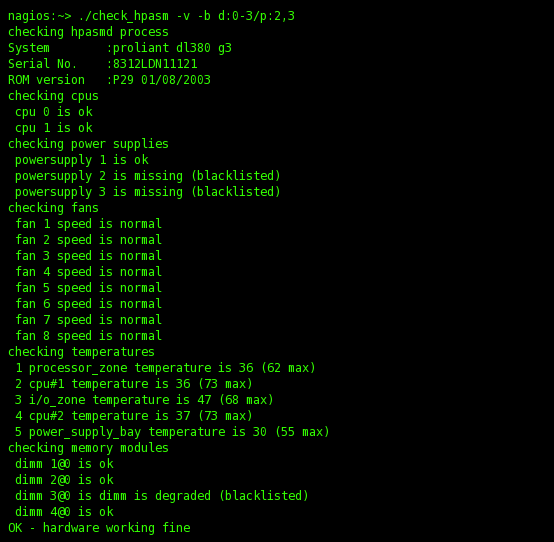
They can, however, automatically download their operating system over the network, using an technology called PXE. When it boots up, it will look for the LTSP server and display the login screen (or login automatically if you have that configured on the server).īut obviously, many clients do not have storage. That's how BerryTerminal works: it's a tiny operating system that includes only that bare minimum.
UBUNTU CHECK TFTPSERVER INSTALL
So how do you get that specialized LTSP session creator and X on the client? One way is to install it manually, assuming the client has some storage. (I'm simplifying this a bit: LTSP adds support for forwarding USB devices and sharing network drives, too, but that stuff is all done within the X forwarding framework.) So, all a client really needs is this LTSP session creator, and then X. After this handshake, LTSP actually plays no further role. You thus require specialized thin/fat clients that include support for logging into the LTSP server. What LTSP adds to this is the initial handshaking, the creation of the client/server session. You can easily try this technology without LTSP by using "ssh -X", as long as you have X running on the client. The thin client runs applications on the server using X forwarding, in fact not much differently from Unix terminals in pre-PC days. When it does work it seems like magic, but it's worth understanding what LTSP does, because it's actually a rather simple (but beautiful!) combination of existing technologies and products.

If you do so, just make sure the virtual machine is running with the network adapter in bridged mode, so that it is a full participant in the LAN.

I ran a terminal server just fine using Ubuntu 14.04 or 12.04 running inside VirtualBox. Note that you do not need a dedicated Ubuntu server for this guide. In particular, they were bad at explaining the reasons for each step. There's a lot of information about LTSP (the Linux Terminal Server Project) out there, including quite a few guides, but nothing that really brought everything together well enough for me. Note: This guide also applies to Ubuntu 14.04


 0 kommentar(er)
0 kommentar(er)
